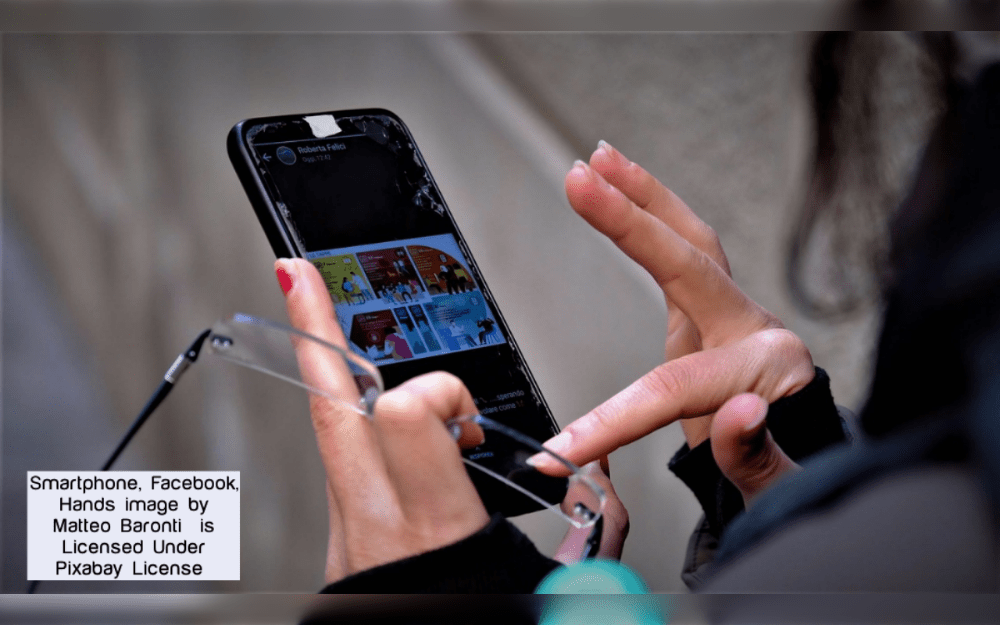

Your devices allow others to track your location. Your IP address can help you trace your location if you use a computer. When using a mobile device, like a smartphone or tablet, someone can use GPS or a combination of Bluetooth beacons, Wi-Fi signals, and cellular tower data to track your location.
According to experts,through the metadata included in the photos you post online, people could possibly track your location. This data contains GPS coordinates, which are automatically geotagged or embedded into each photo you take with most of smartphones and digital cameras.
Be careful before posting tagged photos because geotagging could provide cyber Criminals enough information about you.Turn off geotagging on all of your devices and cameras if you’re doubtful.Keep your social media privacy settings updated so you can choose who can see tagged photos.
Use VPNs, or virtual private networks. Your data is essentially encrypted and routed over secure remote servers using a VPN. Your true IP address is hidden by this transaction.You may take a few steps to keep your GPS data safe and prevent others from tracking the location of your phone. Disable social networking apps’ location tracking. Location services should be disabled from your devices.Use private browser.Scan and delete spyware.Delete unknown apps.Turn on aeroplane mode.Avoid unprotected public Wi-Fi networks.
Turn off Google Maps’ location tracking on your mobile.Open the Google app, select Profile Picture, and then Manage your Google account. Select the “Data & Privacy” tab. Select History settings by scrolling down. Location History and turn off.Go to the My Activity dashboard on your desktop. Click on Location History. In the pop-up, confirm after choosing Turn off from the drop-down menu.









